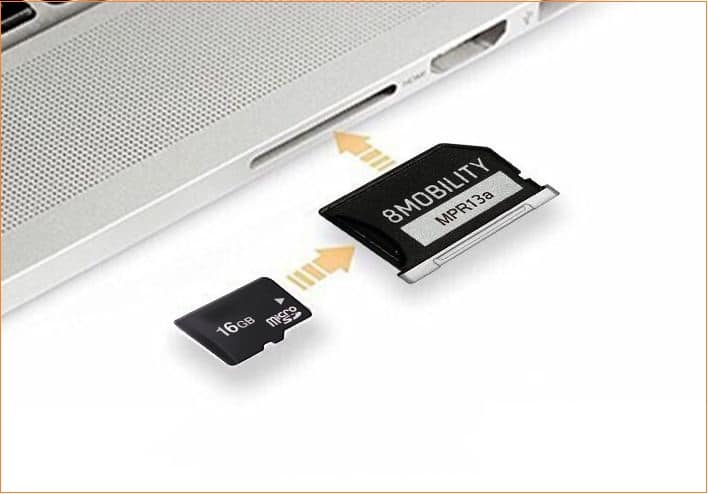How To Use Sd Slot On Imac 4,0/5 298 reviews
Formatting an SD or a Micro SD card on Mac is a super simple process that will not take you longer than 3 minutes.
The only little stumbling block is some Macs don’t have an SD card reader (post-2015 MacBook Pros) and some do.
Use a card reader to connect the target SD card to the computer. Then, open Renee Undeleter and select Fast Partition Scan. Select the target SD card and click Next. Click the Memory column to sort processes by Memory usage. This will make it easier to see which process or app is hogging the RAM. When you have identified a suspect app, select it and click on.

To get around that you’ll most likely need a thing called an SD card adapter which can wonder at times to save the in-deficiencies on Macs. (you don’t need to get one if your Mac has an SD card slot)
The one I’m using personally is the Anker 8-in-1 card reader which at US$9.99 is a pretty good deal on Amazon. You can carry it around wherever you travel and most importantly it can last.
In this guide, I’ll show you how you can format an SD card or a Micro SD card on your Mac.
Note ⚠️
Formatting an SD card or Micro SD card means it will erase all the data on the card too. So even though you’re dying to re-format your card to a different file system format as quickly as possible, it’s important that you backup all of the data (if any) just in case if you need them in the future.
Let’s dive right in.
How to Format an SD or Micro SD Card on Mac: 7 Steps
- Connect the SD card or microSD card that you’re trying to format to your Mac.
- Next, open up your Applications folder (it’s on your Mac’s dock). Then look for the Utilities. Inside the Utilities folder, click on Disk Utility.
- Good. Now find and select your SD card from the column on the left. Do you see it?
- Next, simply click the Erase tab at the very top menu under the page heading “Disk Utility”.
Apple Imac How To Use
- Let’s choose the format we want to format our SD card. From the pop-up menu which says Erase “your_SD_Card_name”? you can rename the SD Card as well as choose the format from the dropdown list of formats available.
- Once you’ve chosen your format, simply hit the Erase button. This will now begin the process of formatting your SD card or microSD card.
- Finally, once the formatting is done, make sure to get too excited and pull out the damn SD card like your pulling out, urm, I can’t really think of an analogy to put here. Just be sure to find the formatted SD card from the left-hand sidebar and then press the Eject button.
If you‘re asking the question “Why am I not allowed to format my SD card or microSD card to MS-DOS?” then know that you really can’t. This is because the Disk Utility tool will not allow you to format SD cards or microSD cards which are 32GB or smaller in size. You’ll find that the option for MS-DOS will be grayed out.

How To Use Imac Computer


You should try and go with exFAT instead of in this case. 🙂